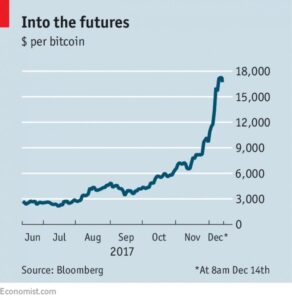The election is over and the media immediately turned to the coming “fiscal cliff.” Components of the metaphorical cliff include across the board cuts to government spending occurring at the same time the Bush tax cuts expire, and the federal government’s likely need to raise the national debt ceiling in order to finance its operations.
The conventional wisdom in the beltway is that the president and Congress will solve the problem by agreeing to a “grand bargain,” by which they mean a bipartisan agreement on a fiscal package that includes deficit reduction. Fiscal conservatives on the right look at the deal as an opportunity to impose austerity on the federal budget and curtail social programs while preserving military spending. Progressives are worried that the deal will look like an agreement President Obama almost made with House Republicans last year that would have resulted in a “great betrayal” involving cuts to Medicare and Social Security.
Fiscal conservatives recognize that their preference for austerity over stimulus requires many marketing tools in order to sell painful budget cuts to the public. Ellen Brown notes that the financial sector promotes its austerity agenda with terms such as “balanced budget,” “fiscal responsibility,” and “living within our means.” It all sounds great, but the result is the government budget prioritizing interest payments to banks instead of investing in schools, medical care or infrastructure. The “fiscal cliff” itself is an effective metaphor and sounds frightening. But for Americans looking to the federal government for help in solving big problems like climate change in the 21st century, fiscal conservatism within the limitations of the existing system implies unacceptable tradeoffs between, for example, the social safety net and the environment. A real Grand Bargain would overcome the austerity side’s arguments that “we can’t afford it” and include new approaches to funding government services. A good place to start is to look at the way money is created.
Two aspects of the current system of money creation cause unnecessary difficulties for the federal government’s budget.
The first is that money is debt. Because we have a debt-based money system, the national “debt” is actually just an accounting mechanism for how much money is in circulation (i.e. savings). But when it is combined with the false “household budgets” metaphor, it looks like a big problem that needs to be solved through harsh austerity and cutting of the social safety net.
A simple change in monetary policy would allow the Federal Reserve to retire Treasury bonds when it purchases them from private banks as part of its monetary operations. This could result in an enormous reduction in the national debt with no need for painful austerity measures from budget cuts.
Another change would be to alter monetary policy to allow the federal government to directly spend money into circulation for specific purposes. For example, a piece of legislation supported by the American Monetary Institute would allow money to enter the economy as infrastructure spending instead of as debt that is owed to the private banks. Other proposals would allow the Federal Reserve to spend money into circulation for disaster relief or to provide citizen’s dividends for basic income and economic stimulus.
The financial sector would likely oppose the implementation of such monetary reform ideas, perhaps invoking the threat of inflation, catering to the common view that you can’t just create money out of nothing and give it to governments to spend. But in an era where the Federal Reserve continues to bail out and prop up Wall Street with quantitative easing while the interest rate remains near zero, their arguments don’t hold up the way they used to. A merging of fiscal and monetary policies has become the status quo. The next step is to make those policies work for real human beings, not just big banks and multi-national corporations.
The Grand Bargain/Great Betrayal negotiations regarding the “fiscal cliff” are about more than just finding the compromise point between the policies of stimulus and austerity. They are about how government can help America face the challenges of the 21st century, including climate change, infrastructure, and care for the poor and elderly. Monetary reform provides an innovative strategy for circumventing the false scarcity imposed on fiscal policy by the current monetary system.






